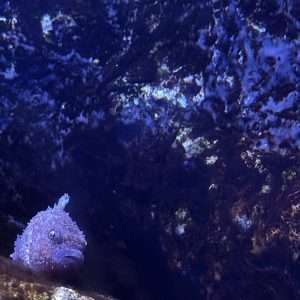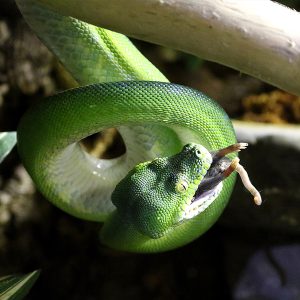Frogs v. Toads . . . What’s The Difference?
Have you ever found yourself wondering what exactly is the difference between a frog and a toad? While these two amphibians may look similar, they have some key differences, especially when it comes to their habitats and movement.

Here in Ohio, both frogs and toads play an important role in our ecosystems, and you can find them in a variety of environments, from wetlands to woodlands.
Frogs are typically found in or near water, with smooth, moist skin that helps them stay hydrated. Their long, powerful legs make them excellent jumpers, allowing them to escape predators with ease.
Toads, on the other hand, prefer drier environments like forests, gardens and even suburban backyards. They have rough, bumpy skin that helps retain moisture. They have shorter legs, which makes them better suited for walking or short hops rather than long leaps. Despite these differences, both frogs and toads are voracious insect eaters, feasting on everything from mosquitoes to beetles – making them great natural pest control!
Next time you visit the Aquarium, be sure to check out our amphibian habitats to see if you can spot the differences and know whether you’re peering at a frog or a toad. And if you’d like to learn more, join us for our Take A Closer Look virtual tour. We’ll look closely at some of our smaller residents as we tour the Aquarium and answer all of your big questions in real-time.



